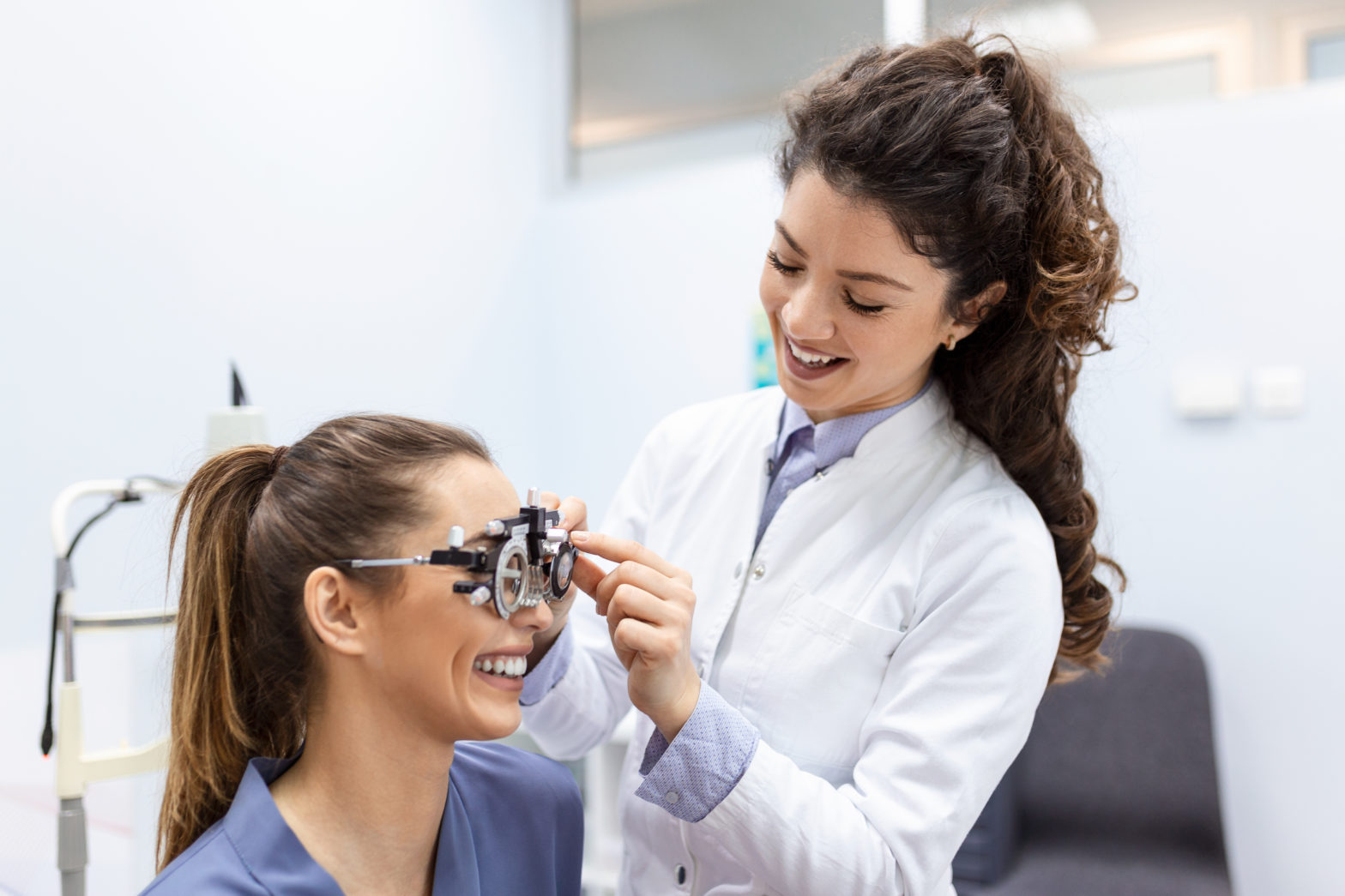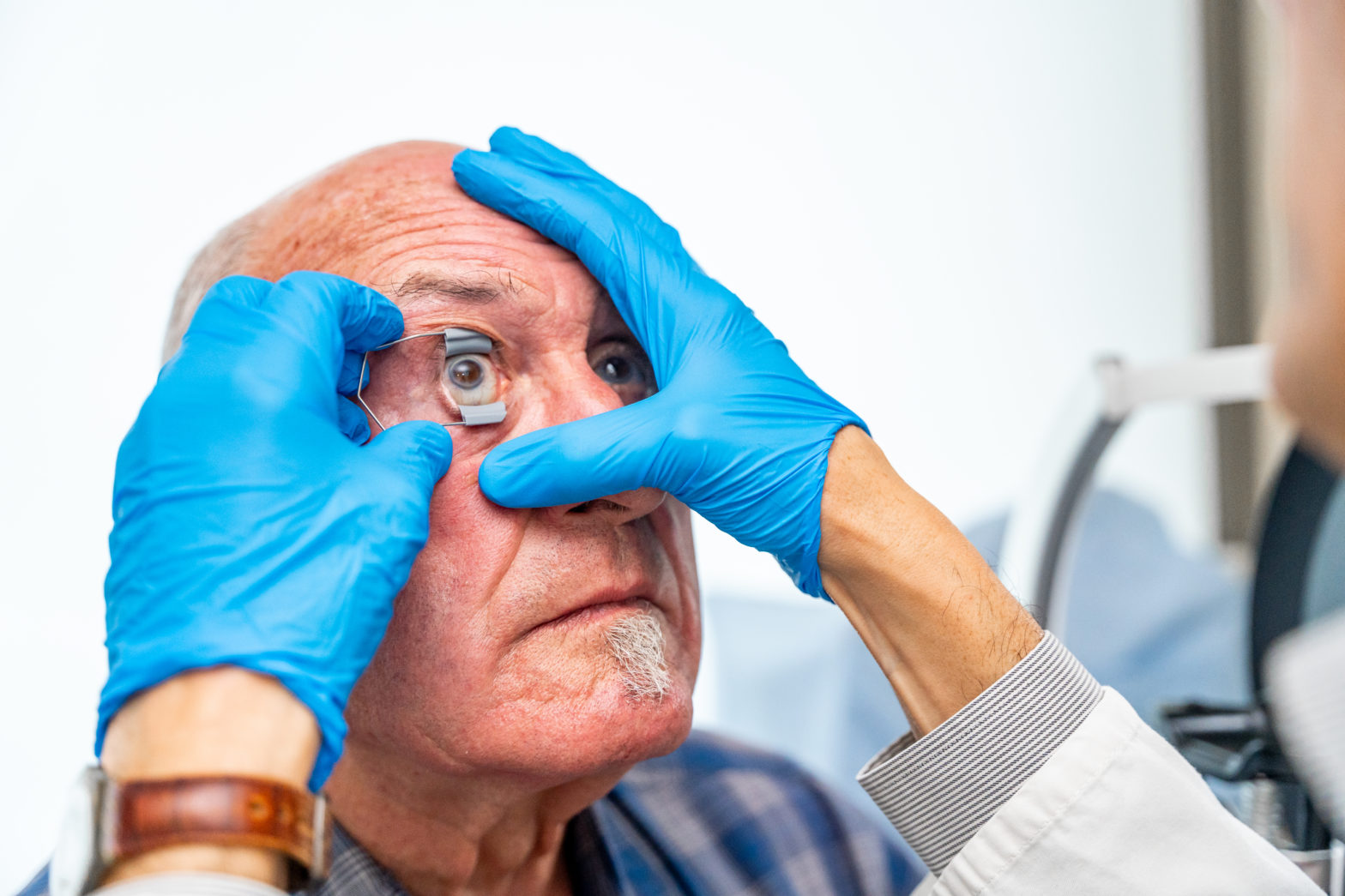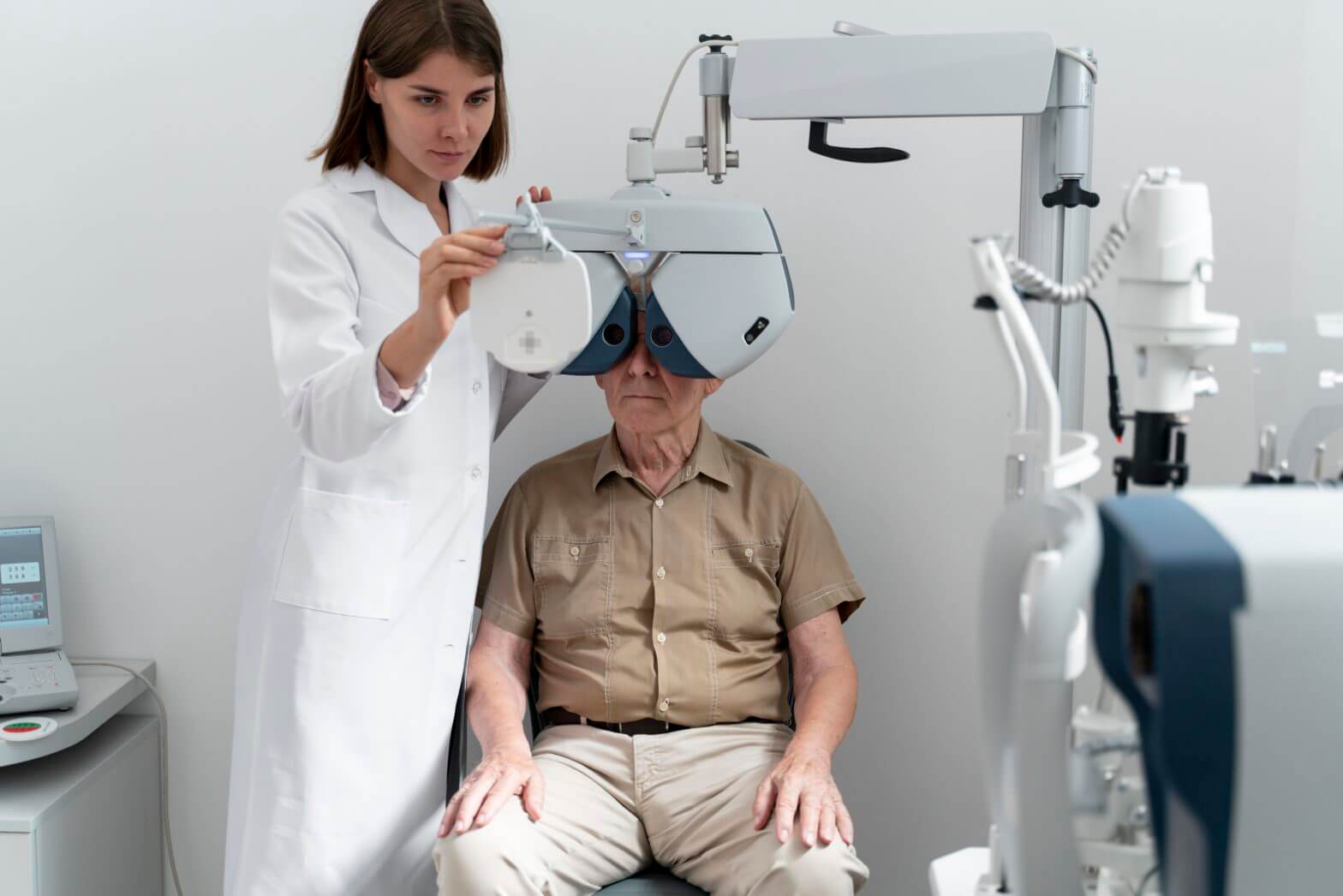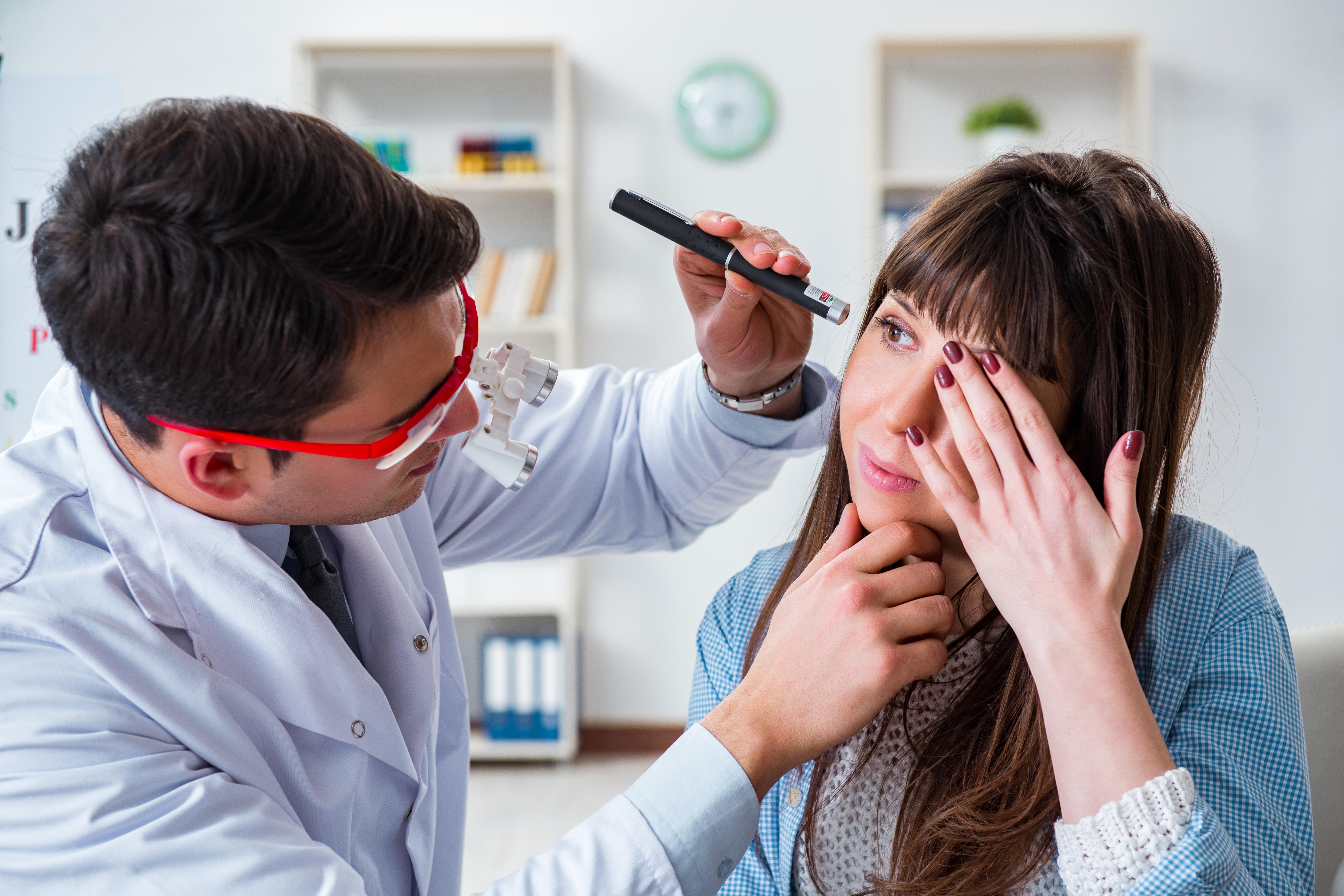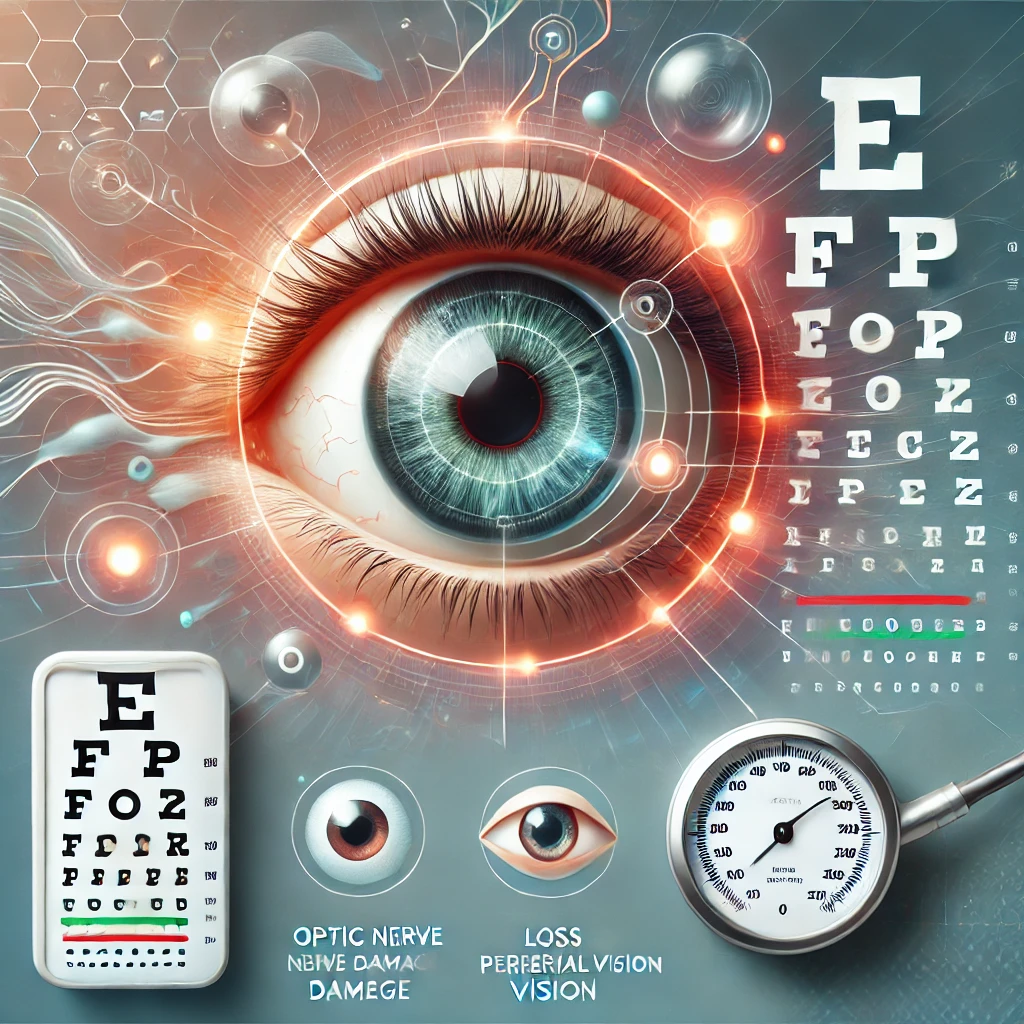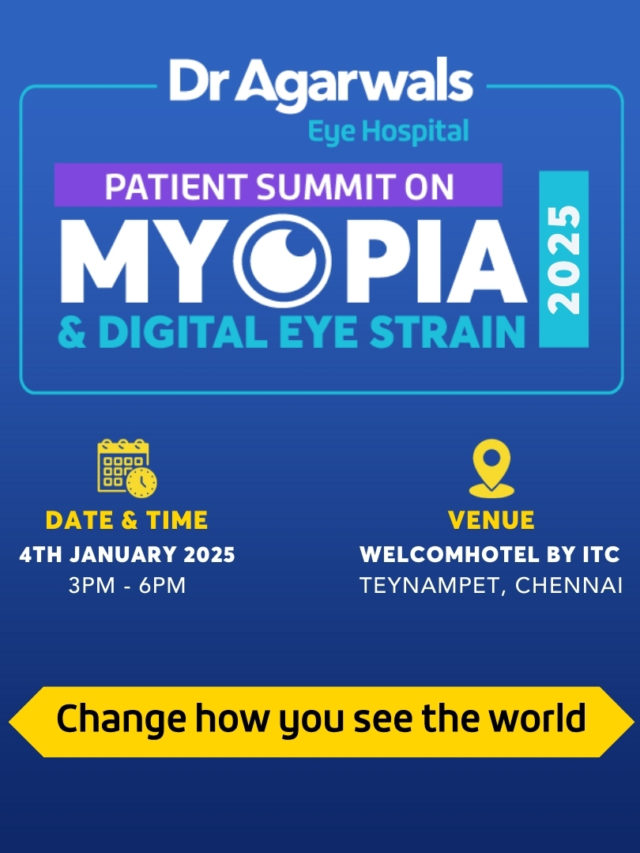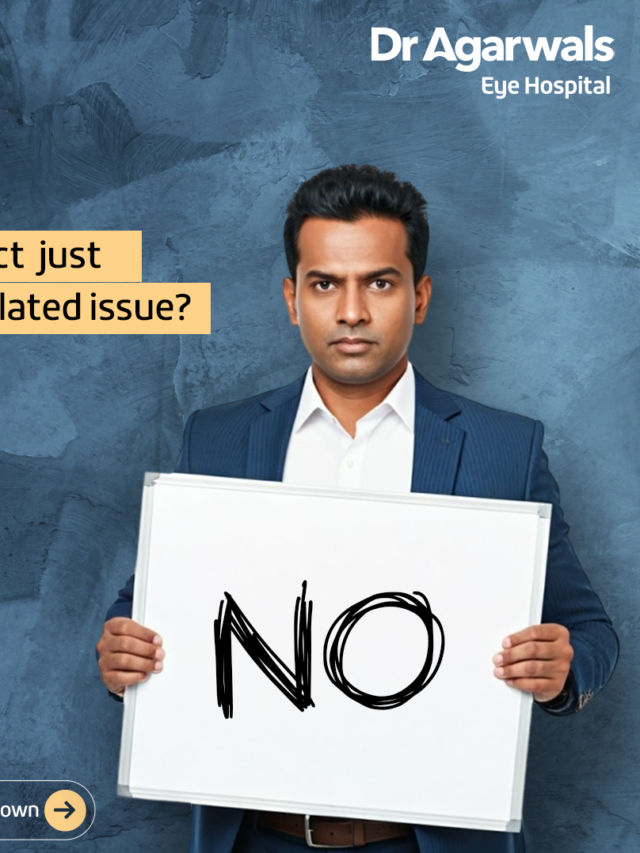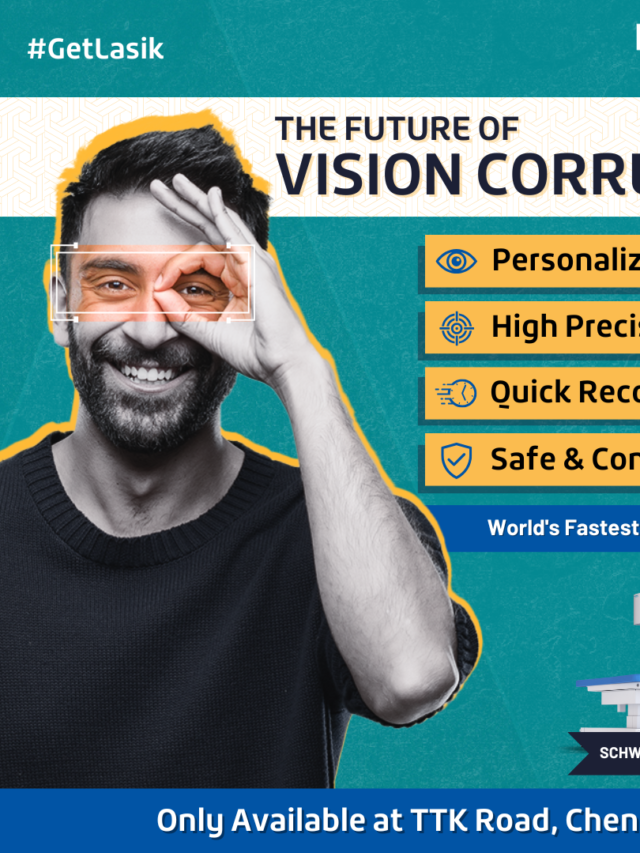Introduction: The Silent Thief of Sight
Glaucoma, often referred to as the “silent thief of sight,” is a group of eye conditions that damage the optic nerve—the pathway that connects the eye to the brain. It is one of the leading causes of blindness worldwide. What makes glaucoma particularly dangerous is its gradual progression without noticeable symptoms until significant vision loss occurs. By the time patients become aware, the damage is often irreversible. However, with proper awareness, early detection, and advanced treatment options, the progression of గ్లాకోమా can be slowed or even halted.
Let’s dive into an engaging exploration of the causes, risk factors, and available treatments that can safeguard your vision.
Understanding Glaucoma: Types and Causes
There are several types of glaucoma, but the two most common are:
- Primary Open-Angle Glaucoma (POAG): The most common type, where drainage canals become clogged over time, causing a gradual increase in intraocular pressure (IOP).
- Angle-Closure Glaucoma: Occurs when the drainage angle between the iris and cornea suddenly closes, leading to a rapid rise in IOP.
Other types include congenital glaucoma (present at birth), normal-tension glaucoma (where damage occurs even without high IOP), and secondary glaucoma, which results from injuries or medical conditions.
The root cause of glaucoma is often elevated intraocular pressure, which damages the optic nerve over time. However, it’s essential to understand that individuals can develop glaucoma without high IOP, emphasizing the need for regular eye check-ups.
Who Is at Risk? Key Risk Factors
While anyone can develop glaucoma, certain factors significantly increase the likelihood of developing the condition:
1. Age
- Glaucoma risk increases with age, particularly after 40. Individuals over 60 have a much higher risk, and that risk continues to grow with time.
2. Family History
- Genetics play a significant role. If you have a family member with glaucoma, your chances of developing it are much higher.
3. Ethnicity
- African Americans and Hispanics face a higher risk of developing glaucoma and are more likely to experience vision loss as a result. Asian populations are more susceptible to angle-closure glaucoma.
4. High Intraocular Pressure (IOP)
- Elevated IOP is the most common indicator for glaucoma risk. Regular eye pressure tests can help identify individuals at risk before symptoms arise.
5. Pre-Existing Conditions
- Diabetes, high blood pressure, and heart disease have been linked to an increased likelihood of developing glaucoma.
6. Eye Injuries
- Past injuries, especially blunt trauma to the eye, can cause damage that leads to glaucoma over time.
7. Prolonged Steroid Use
- Long-term use of corticosteroids, especially in eye drop form, may increase IOP and elevate the risk.
8. Thin Corneas
- Individuals with thin central corneas have a greater likelihood of developing glaucoma, as their eyes may be more sensitive to pressure changes.
Symptoms to Watch For: Early Warning Signs
In the early stages, glaucoma is often asymptomatic. However, as the disease progresses, warning signs may include:
- Gradual loss of peripheral (side) vision, commonly referred to as tunnel vision.
- Difficulty adjusting to low light or darkness.
- Halos around lights.
- Eye pain or pressure (more common in angle-closure glaucoma).
- Sudden blurred vision or headaches.
- Red eyes or a cloudy appearance.
Because symptoms can vary and may not be obvious, regular eye examinations are crucial, particularly for those at high risk.
Detection: The Importance of Regular Eye Exams
Detecting glaucoma early is key to preventing irreversible vision loss. An eye examination for glaucoma typically includes:
- టోనోమెట్రీ: Measures the intraocular pressure.
- Ophthalmoscopy: Examines the optic nerve for signs of damage.
- విజువల్ ఫీల్డ్ టెస్ట్: Detects peripheral vision loss.
- పాచిమెట్రీ: Measures corneal thickness.
- ఆప్టికల్ కోహెరెన్స్ టోమోగ్రఫీ (OCT): Provides detailed imaging of the optic nerve and retina.
Ophthalmologists recommend regular screenings, particularly if you are over 40 or have any risk factors.
Treatment Options: Protecting and Preserving Vision
Glaucoma treatment focuses on lowering intraocular pressure to slow or prevent further optic nerve damage. Here are the most common options:
1. Medications (Eye Drops)
- The first line of defense typically involves prescription eye drops that either reduce fluid production or improve fluid drainage in the eye. Common medications include prostaglandins, beta blockers, alpha agonists, and carbonic anhydrase inhibitors.
2. లేజర్ థెరపీ
- Laser Trabeculoplasty: Often used for open-angle glaucoma, this procedure improves fluid drainage through the trabecular meshwork.
- Laser Peripheral Iridotomy: Used for angle-closure glaucoma to create a small hole in the iris, allowing better fluid flow.
3. Surgical Options
- Trabeculectomy: Creates a drainage opening to relieve pressure.
- Glaucoma Drainage Devices: Also known as shunts or tubes, these devices help drain excess fluid.
- Minimally Invasive Glaucoma Surgery (MIGS): A less invasive option for early to moderate glaucoma.
4. Lifestyle and Natural Management
- Diet and Nutrition: Consuming foods rich in antioxidants, omega-3 fatty acids, and vitamins C, E, and A may support eye health.
- వ్యాయామం: Moderate, regular exercise can help lower IOP, but high-intensity activities should be avoided.
- ఒత్తిడి నిర్వహణ: Relaxation techniques can be beneficial, as stress has been linked to fluctuations in eye pressure.
Emerging Treatments and Innovations
Advancements in glaucoma management continue to offer hope for better outcomes:
- Gene Therapy: Experimental approaches aim to target genetic markers associated with glaucoma.
- Neuroprotection: Researchers are exploring ways to protect and regenerate the optic nerve.
- Sustained-Release Drug Implants: These implants provide long-term drug delivery, reducing the need for frequent eye drop applications.
Prevention Tips: Take Control of Your Eye Health
While glaucoma cannot be fully prevented, certain steps can reduce your risk and improve outcomes:
- Schedule regular comprehensive eye exams.
- Follow prescribed treatments consistently.
- Maintain a healthy lifestyle with proper diet and exercise.
- Protect your eyes from injuries by wearing safety glasses when necessary.
- Be aware of your family medical history.
